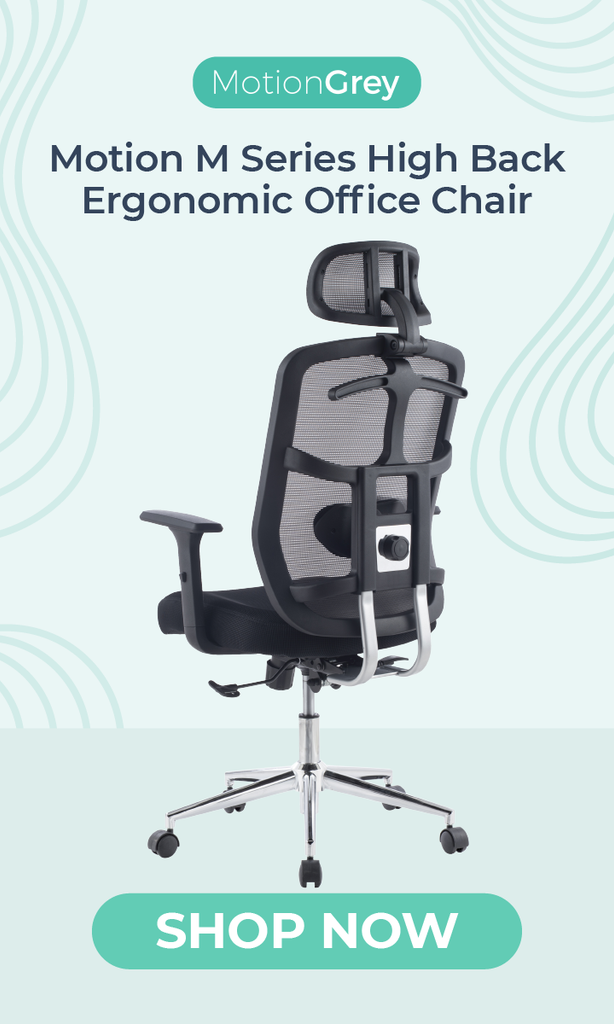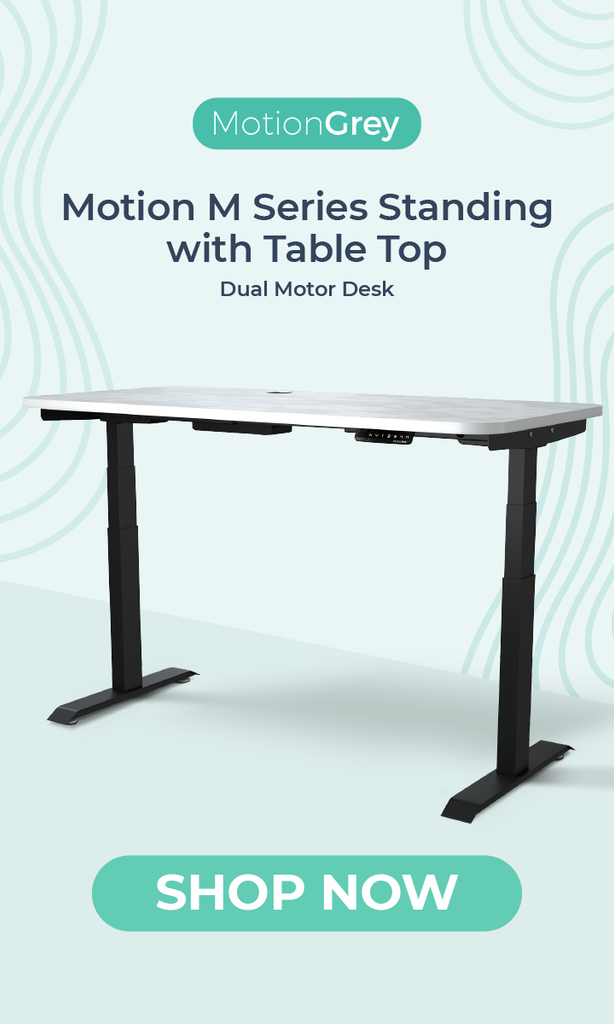Standing for Long Periods of Time? Here's How to Do It Properly!

You want danger? Go sit down for 8 hours straight.
In this journey, one of the first challenges most people encounter is difficulty in standing for long periods of time. The usual problems caused by sitting for long hours often manifest in standing, too – discomfort, muscle pain, and fatigue, among others. So how do you get past these? If standing is one of the primary solutions to combatting a sedentary lifestyle, how do you address the challenges? Read on to find out.
Are there health risks when you work in a standing position for a long time?
Yes. Anything done improperly poses some risks, and the same is true for standing. It does help combat the dangers posed by sitting, but it has to be done properly in order to work. Standing for 8 hours a day may not be as beneficial as you might think.
When you stand, you use a different set of muscles to keep your body upright. If you stay in this position without much movement for hours, the working muscles remain tense. The results of this are fatigue in the muscles involved, poor blood circulation in the said muscles, vein inflammation, and locking of the joints, all resulting in various kinds of pain such as leg cramps. So how do you prevent all these?
Tips to help you get used to standing for long periods of time
The key to maintaining optimum comfort and good health when you stand for a long time is balance. The stress must be properly distributed to the different muscles in the body, and the body has to retain its natural shape as much as possible. Below are some tips to help you achieve this:
Wear proper footwear.
This means footwear that is flat (or with low heels at the most), wide enough to accommodate your feet without your toes being squeezed into the shoes, and one that is capable of completely supporting your feet. High heels and narrow shoes or sandals are a big no for people who stand for long periods of time. When it comes to footwear, comfort is top priority.

Use proper support socks or hose.
Proper footwear is one, but you may also want to consider compression socks. These socks encourage blood flow in the legs to maintain proper circulation even if you stand all day, preventing fatigue, pain, and swelling.
Stretch and move.
This will help relax your working muscles every so often as you redistribute the stress in your body and engage other muscles, thus maintaining balance and preventing muscle strain and cramps. It is recommended to do warm-up and cool-down stretches, as well as insert stretches and movement throughout your standing routine. At the very least, be mindful to shift your weight from one leg to another at least every 15 to 20 minutes.
Maintain proper posture.
This requires mindfulness, too. Some of the common posture problems encountered by individuals who stand for long periods of time are a hunched back, rounded shoulders, and a forward head. These are often caused by sitting and standing with poor posture, and these can cause serious problems over time. The best solution is to be mindful and to always correct your body when you notice yourself reverting to an improper posture. Distribute your weight evenly between your feet and stand with your shoulders upright.

Move your shoulders.
This is specifically targeted at correcting rounded shoulders, which is perhaps one of the most common posture problems among those who work on laptops and computers all day. The tendency for most people is to slump their shoulders and extend their head forward, causing an alignment problem with the spine. Rolling your shoulders every time you notice improper posture is one way to address this issue.
Shake things out.
This is another version of stretching that you can do in between your standing routine to give your stiff muscles some rest and relief. There are different ways you can do this, from basic exercises to just moving freely to let your muscles loose. This will also improve circulation in your body.
Exercise.
The movements and stretches recommended above are designed for those times when you are already in your standing routine. Apart from these, however, you can also do exercises to strengthen your core and lower body, as well as build your endurance. Exercises such as lunges and squats will build your leg muscles and help you stand for longer periods without getting easily tired.

Stay hydrated.
Exercise and movement are just one part of the equation when it comes to equipping your body for longer standing period. Giving your body what it needs is another part, and one of the most basic is water. Make sure you get enough water to prevent dehydration, which will easily lead to fatigue.
Rest properly.
This means before and after standing. Your body needs the energy, so make sure that you get enough sleep and rest so that your body is ready. In the same manner, when you feel tired while standing, instead of enduring the fatigue and pain, give your body what it needs – stretch and move, or sit for a while if you must. Ignoring signs of fatigue and pain will only worsen the condition.
Check your ergonomics.
In relation to the tip above, make sure it is easy for you to shift from one position to another, as well as to shift from a standing to a resting or sitting position. When it comes to maintaining ergonomics, this simply means arranging your workstation to that it promotes a better physical working condition. These can be achieved in two different ways:
- By adding work devices that will help you achieve and maintain comfort when you are standing, such as stools and standing mats.
- By replacing your traditional desk with a proper standing desk. This desk is ergonomically designed for those who stand while working, ensuring comfort and promoting proper posture and better physical health and wellbeing.
Recommended Workplace Design
When it comes to improving the workplace for employees or workers who stand at work most of the time, there are three different things to remember:
Adjustability. Keep the workplace friendly by ensuring that employees are able to change their positions regularly. Workstations must be adjustable to ensure that they can support the workers’ physical needs.
Organization. The workplace must be organized such that it provides space for employees and workers to freely move around. It must also offer support to make movements such as bending and twisting easy.
Rest. As important as the work done is the rest employees receive. Allowing them enough rest will ensure that they are always ready to go back to work with enough strength and energy.
The transition from sitting to standing may be the first basic step you can take to break a sedentary habit. Yes, it may pose certain challenges especially for beginners, but you can follow the steps we mentioned above to make the transition easier and more manageable. With the right exercises, the proper standing ‘gear’, and a workstation designed to promote standing, you can start your journey to a healthier, better lifestyle.
About Us
MotionGrey is a Canadian standing desk company that specializes in ergonomic furniture. We supply and install only the best quality standing desks and ergonomic chairs in the country.
Our products are designed with wellness as the focal point. From our electric standing desks to our office and gaming chairs, we deliver best value by putting your health, safety, and comfort as top priority. Boost your creativity and level up work performance. We want you to create great outcomes so we’re providing you only the best tools to make them possible.
Click here to view our selection of products. Got questions?






